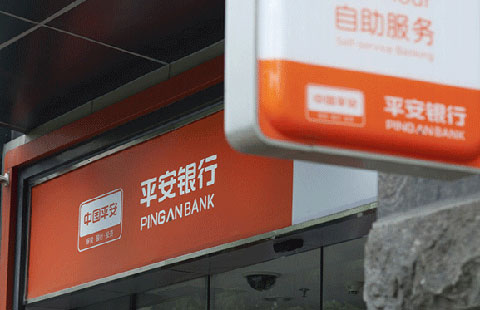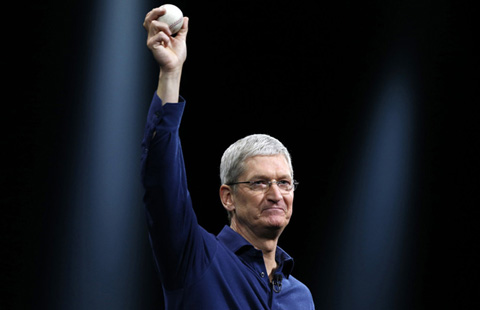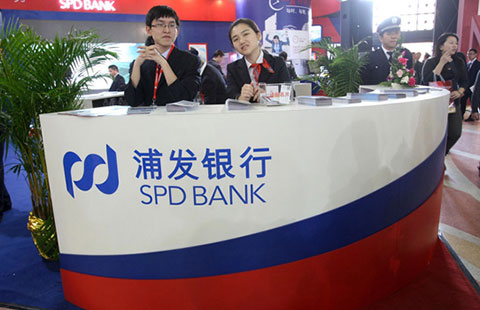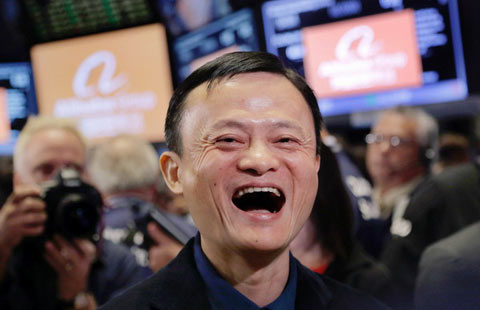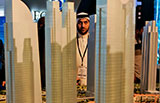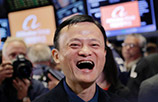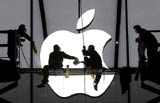Putting the fizz back into domestic soda market
By Zhu Wenqian (China Daily) Updated: 2015-06-10 09:26
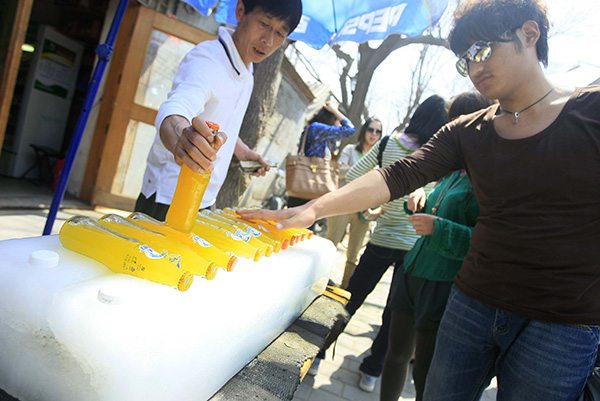 |
|
Beibingyang soda sold at a stand in Nanluoguxiang, Beijing. The brand was founded in 1936 and is famous for its orange soda. [Photo/China Daily] |
Its famous orange soda has always had a faithful following, but now it is going through a sales renaissance since being relaunched in 2011.
Literally meaning Arctic Ocean, the Beibingyang soda company dominated the market in the 1980s before it went into a joint venture with the United States-based PepsiCo Inc in 1994. Production was halted and the popular fizzy drink disappeared off the shelves of Chinese stores.
But four years ago, the Bei-bingyang Co dissolved its partnership with the US drinks giant and brought back its best-selling orange soda.
"With the trend of attracting foreign investment, Beibingyang formed a joint venture with PepsiCo. Later PepsiCo became a shareholder of the company, and stopped producing Beibingyang soda," Guo Honglei, assistant to the general manager at the Beibingyang Co, said.
"But now it is back and we are doing well. Many stores cannot keep enough bottles of the soda in stock with summer approaching," Guo added. "We sell at around 3.5 yuan (56 US cents) to 4 yuan a bottle at various neighborhood stores in Beijing, including those at embassy residential compounds."
Beibingyang has one processing and bottling plant in the capital and employs more than 100 workers. The company claims that it produces the only carbonated beverage made from natural oranges in Beijing.
The soda also has an ultra-low sugar content, which helps in marketing the product, and is generally sold in convenience stores. This allows the bottles to be returned after use.
But as sales of the fizzy drink flourish, it can now be found in popular restaurants, cinemas, bars and clubs, selling for as much as 16 yuan a bottle.
Last year, Beibingyang posted annual sales revenues that were 100 percent higher than 2013 without disclosing the full figures.
"In 2014, the brand even sold out of stock," Guo said. "The sales volume of Beibingyang went beyond the total sales of Coke and PepsiCo in glass bottles in Beijing."
After the orange soda drink started appearing again, nostalgia kicked in and older Beijingers rushed out to buy it. But younger consumers are now getting a taste for the distinctive flavor.
Quick to recognize a business opportunity, the company decided to introduce other fruity blends, such as loquat and plum, to attract this new generation of customers. And it proved extremely successful.
- Putting the fizz back into domestic soda market
- Tickling the palates of China's hungry middle-class
- China A-shares on track for inclusion in global benchmarks
- Chile a 'natural' draw for affluent Chinese tourists
- 'Prime time' for coal mergers as market stagnates
- Old brands hungry for success
- MSCI delays including China A shares in benchmark index
- Bourses subdued as MSCI decision nears
